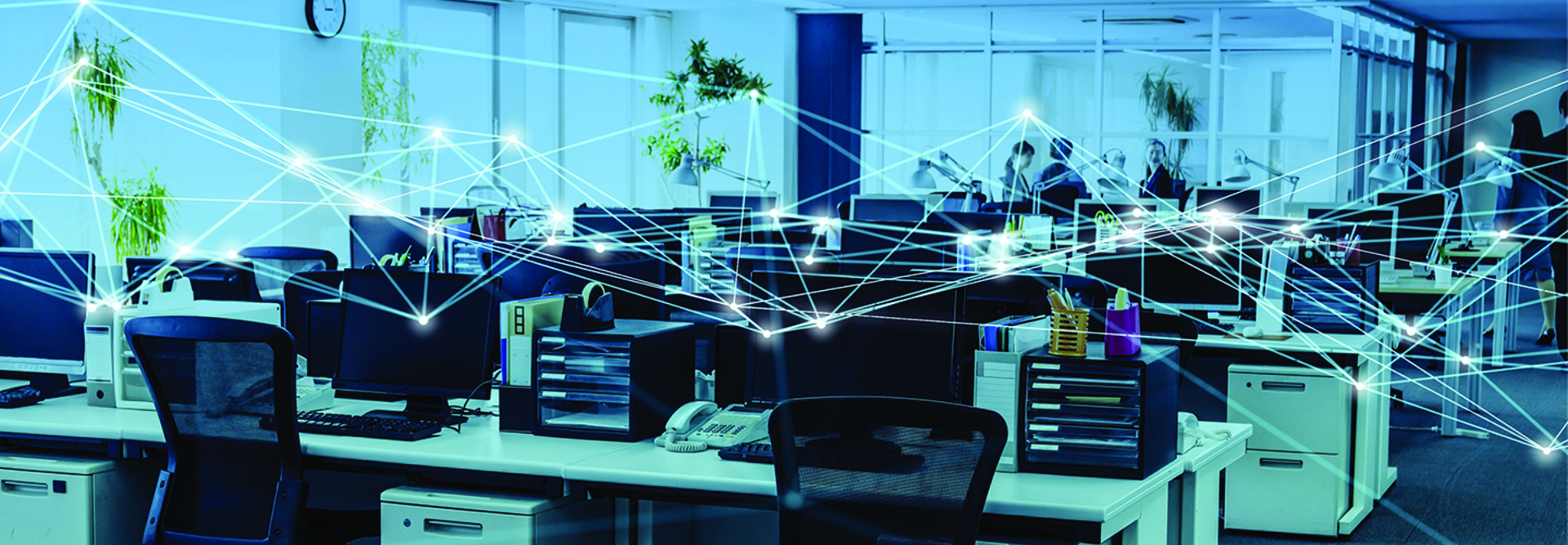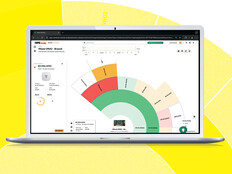What Is Secure Access Service Edge (SASE)?
For a long time, networking and security have been thought of as separate pillars. While there were networking options that incorporated some security measures, the two were mostly siloed from each other.
That has been changing as businesses and providers alike become more alert to security vulnerabilities. It’s become increasingly necessary for organizations to protect themselves as threats have evolved, and with more employees using multiple devices (including their own) for business, the number of potential entry points to the network is constantly growing.
Networking, particularly the growing field of wide-area networking, needed the right security measures. Thus, SASE was born.
“The secure access service edge is an emerging offering combining comprehensive WAN capabilities with comprehensive network security functions (such as SWG, CASB, FWaaS and ZTNA) to support the dynamic secure access needs of digital enterprises,” the Gartner report notes.
In essence, SASE shifts the security focus of connectivity from the data center and to individual users or devices. The networking and security features are woven together in one cloud-delivered service model.
“In a modern cloud-centric digital business, users, devices and the networked capabilities they require secure access to are everywhere,” the report states. “As a result, secure access service needs to be everywhere as well.”
MORE FROM BIZTECH: Learn more about about SD-WAN technology.
What Are the Benefits of SASE? Enhancing Cybersecurity and Networking
IT environments continue to grow more complex as businesses employ different vendors for different services, trying to find the most effective combination. SASE brings networking and security together while supporting a distributed workforce, something that has presented challenges for many organizations.
“Digital business transformation requires anywhere, anytime access to applications and services — many of which are now located in the cloud,” the Gartner report notes. “While the enterprise data center will continue to exist for years to come, the percentage of traffic destined to and from its remnants will continue to shrink.”
Businesses do need reliable, secure networking for a widespread workforce, but they also need it to be fast. Converging networking and security in this way can help achieve that performance.
“We’re going to try to build an architecture that really makes it easier for IT to manage secure user access from wherever those users are located, but also find the fastest path available to all those cloud-based applications,” Ghodgaonkar says of Cisco’s SASE offering, Cisco Umbrella.
In addition to simplicity and cost, SASE can also enable a business’s partners and contractors to access their applications, create a cloud-based, centralized policy and get organizations closer to zero-trust policies.













